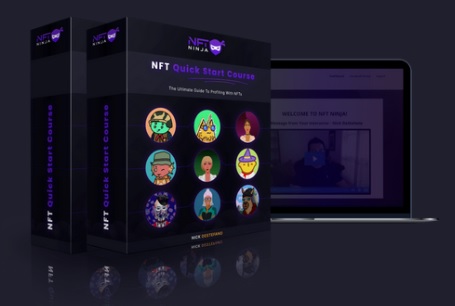
Feedback
The Reserve Bank of India (RBI) made the announcement to launch the first pilot for the digital rupee today on December 1. With the launch, India has joined a handful of nations to launch its own blockchain currency that can underscore India’s pre-eminence in digitalised finance. To give some perspective, not even the United States has launched their Central Bank Digital Currency (CBDC) yet.
One of the most common questions asked is how digital rupee going to be similar to cryptocurrency. Well, the similarity between CBDC and cryptocurrency ends at the fact that they both have blockchain as the underlying technology. Therefore, with blockchain as a base, all transactions can be tracked on the ledger with no ability to modify the past – leading to transparency and easy bookkeeping. Hence, CBDC will be a technology-led currency of the RBI with control on the supply as well as usage side. It won’t be decentralized the way cryptocurrencies are.
The one stark difference between the two is while there is no regulator for cryptocurrency, digital rupee is a legal tender with RBI as the regulator. Here transactions may be a little more anonymous than other digital transactions, as money moves from wallet to wallet after a one-time deduction from the bank account, but still they can be tracked with RBI as the regulator.
“Since CBDC will be issued by the Central Bank like a digital form of currency notes and distributed by banks( distribution nodes) underline technology ( blockchain like tech stack) will record and maintain a transaction trail like the way it is done in banks core system. In case of CBDC transaction trail right from the issuance will be available within CBDC nodes, since the distribution of the CBDC will be by REs only, it would be offered to Kyced users in some cases may be non-Kyced users,” says Vishwas Patel, Director, Infibeam Avenues Ltd and Chairman, Payments Council Of India.
Patel adds, “It’s currency in digital token form on a blockchain. With a retail CBDC, you should be able to transact without any bank involved (like physical cash). It will have the same denominations like physical cash. It’s quite different from UPI which is an actual debit from your bank account. CBDC is a currency, a legal tender guaranteed by RBI.”
Moreover, unlike cryptocurrency, you will be able to make payments and transact with digital rupee through a digital wallet offered by the participating banks and stored on mobile phones. “A successful pilot and by extension, a full rollout of the digital rupee is expected to boost the reach of payment and financial needs of a wider category of users while ensuring transparency and low operational cost, and in this regard, it is encouraging to witness RBI’s support for innovation in creating a world-class, future-ready digital ecosystem,” says Jaya Vaidhyanathan, CEO, BCT Digital.
Finally, digital rupee is the electronic form of cash, which will be used for buying and selling goods and services. Unlike cryptos you cannot treat it as an asset class and invest in it.
Also Read: Digital Rupee pilot today: Features, where and how it will be rolled out; all you need to know
Copyright©2022 Living Media India Limited. For reprint rights: Syndications Today
Add Business Today to Home Screen
Home
Market
BT TV
Magazine
Menu
Menu
 How To Make Huge Profits In A Short Time With Crypto
How To Make Huge Profits In A Short Time With CryptoGet detailed training system that shows an absolute beginner (without any skill) how to make huge profits in a short time with crypto.
 Crypto + NFT Quick Start Course
Crypto + NFT Quick Start CourseThe #1 course for profit in the Crypto & NFT world - You will discover the secrets that 99% of people don’t know yet





